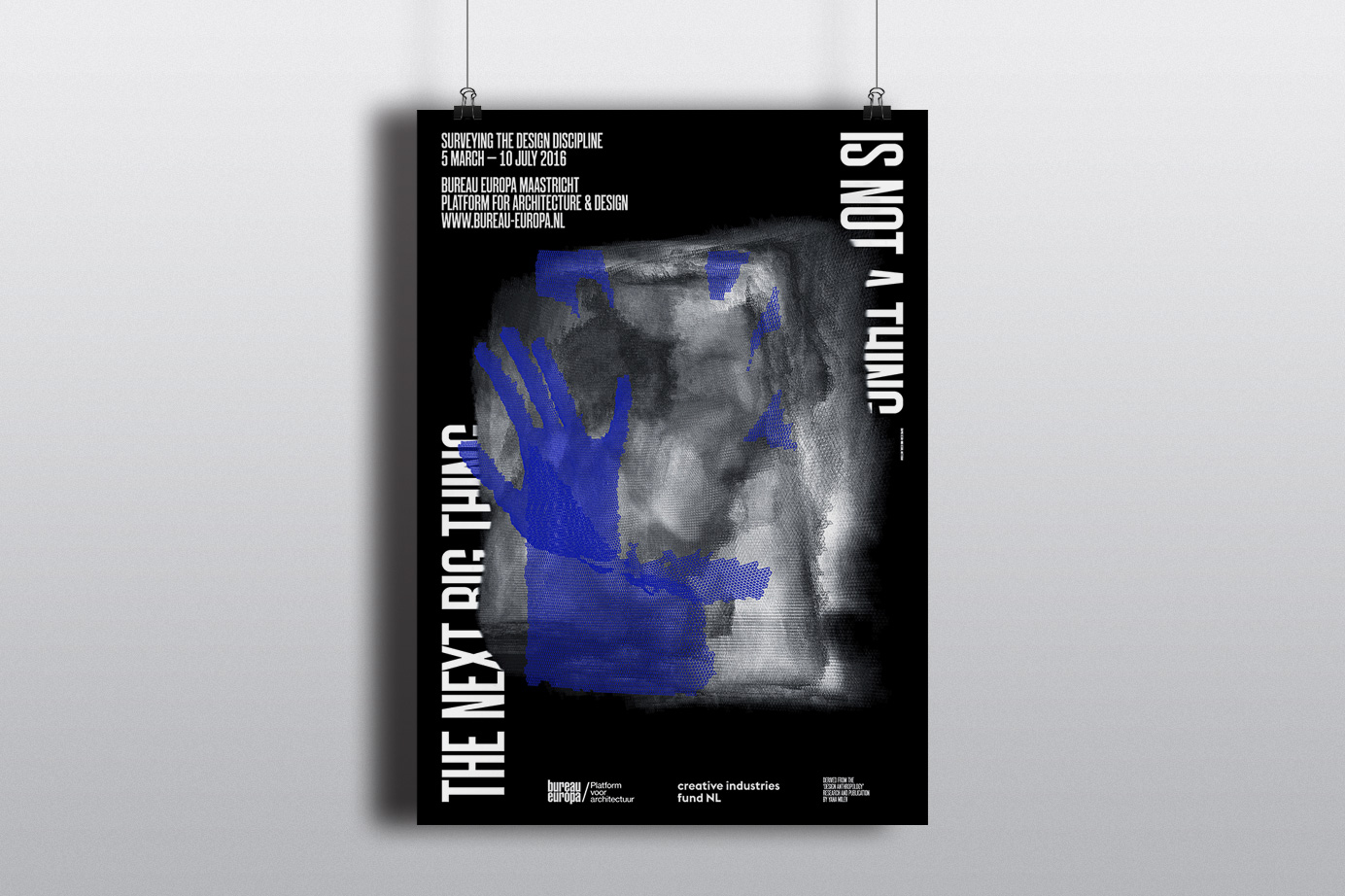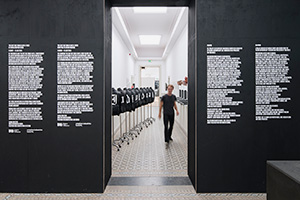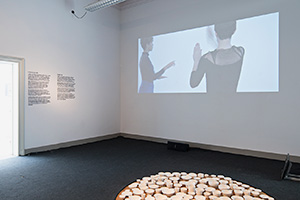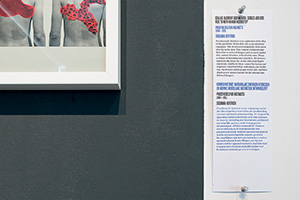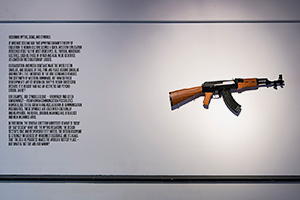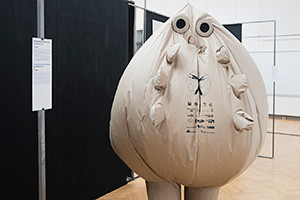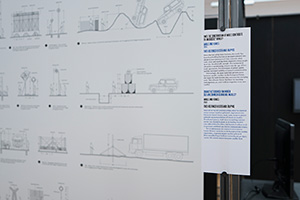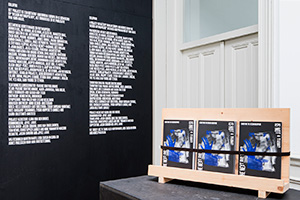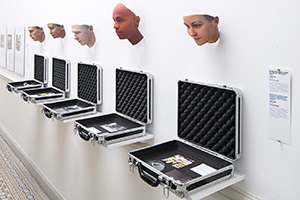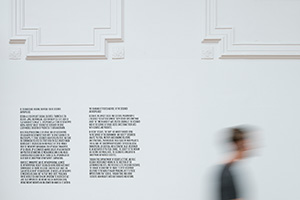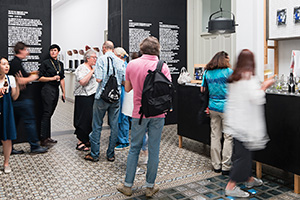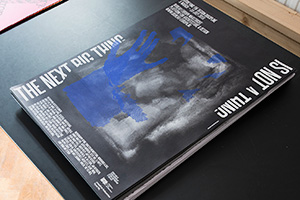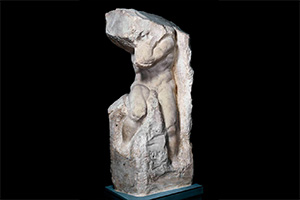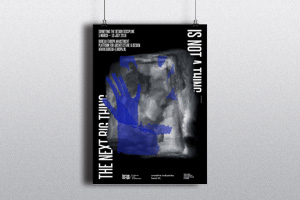The Next Big Thing is Not a Thing, 2016
publicity campaign and exhibition design for ‘The Next Big Thing is Not a Thing’
The exhibition The Next Big Thing is Not a Thing was an exhibition on display from March 5th to July 10th 2016 at Bureau Europa, Maastricht. It relates the evolving field of design to the science of anthropology. Using the gaze as a metaphor, the exhibition surveys the evolution of the design discipline and explores new areas of knowledge and critical practices. It questions the underlying myths within design, deconstructs its emerging signs, and examines how technology determines the future of the discipline.
The design concept of the publicity campaign is centered around the shift from the anthropological gaze on the human as the central object of investigation towards machine vision with automated image inspection for the analysis of human behavior. Through different media, the identity shows a 3D scan of the human body rendered into multiple types of informational landscapes that explore the key question: who is actually watching who?
The three-dimensional mesh of the teaser translates traditional Renaissance sculpting techniques by Michelangelo into a virtual network of nodes and edges. An extra level of meaning is added by attaching words and associations to the polygons of the body scan that describe the functionality and purpose of its limbs.
More information at www.bureau-europa.nl.
curatorial team: Pauline Doutreluingne, Agata Jaworska, Yana Milev, Niels Schrader and Saskia van Stein
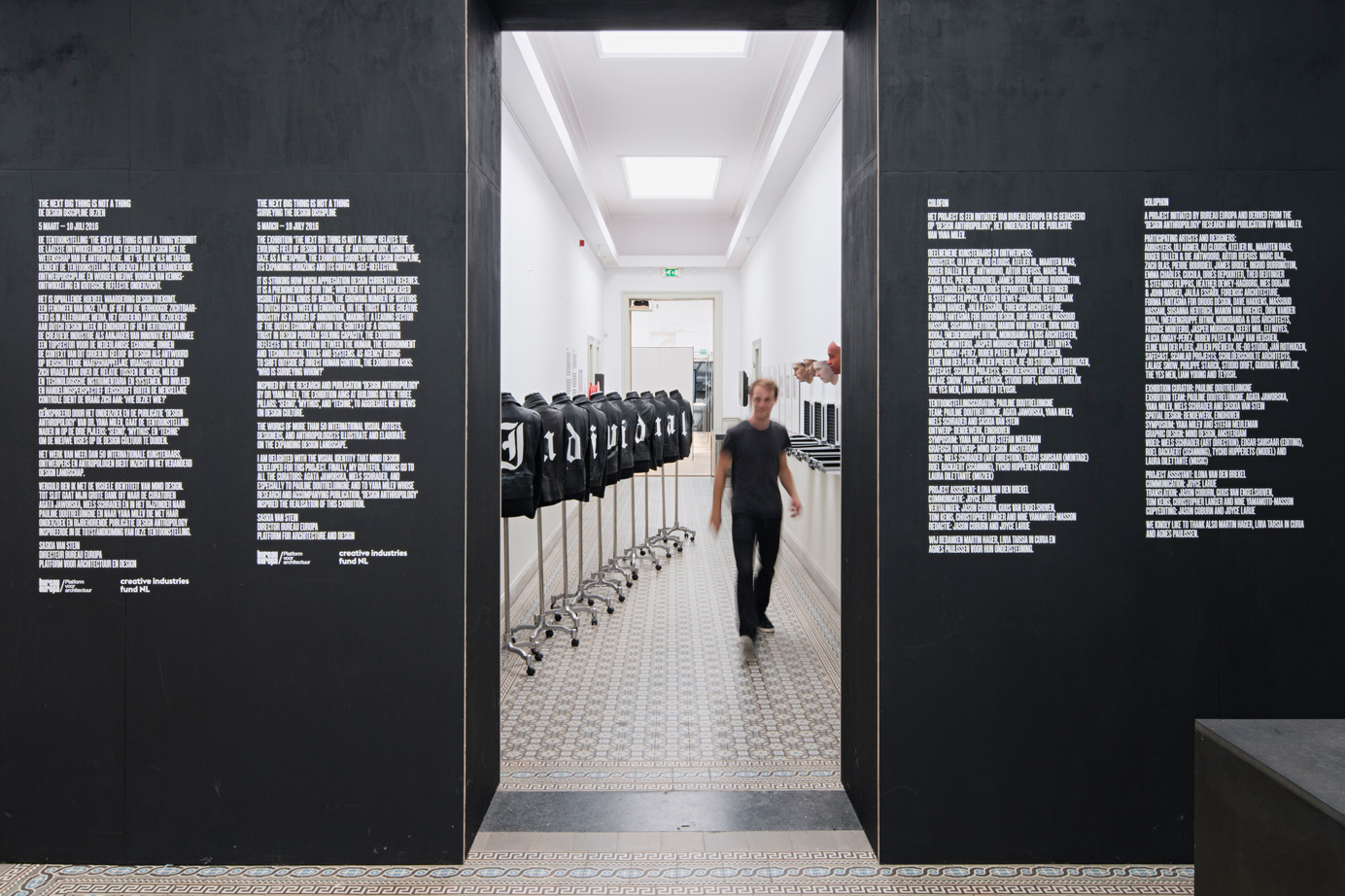 Entrance to the exhibition venue. – Photos by Roel Backaert
Entrance to the exhibition venue. – Photos by Roel Backaert
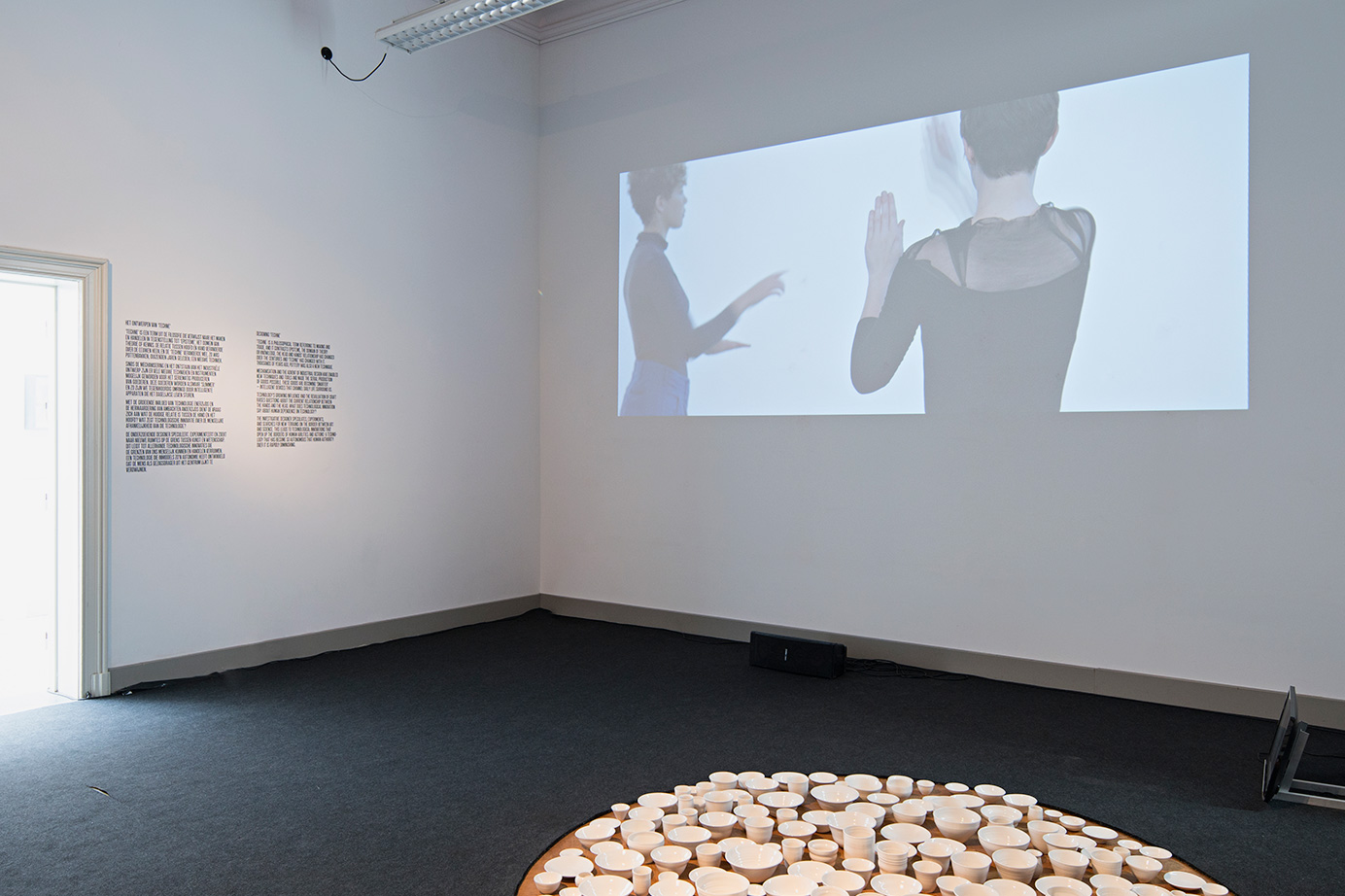 Typography on the wall puts the art works into context.
Typography on the wall puts the art works into context.
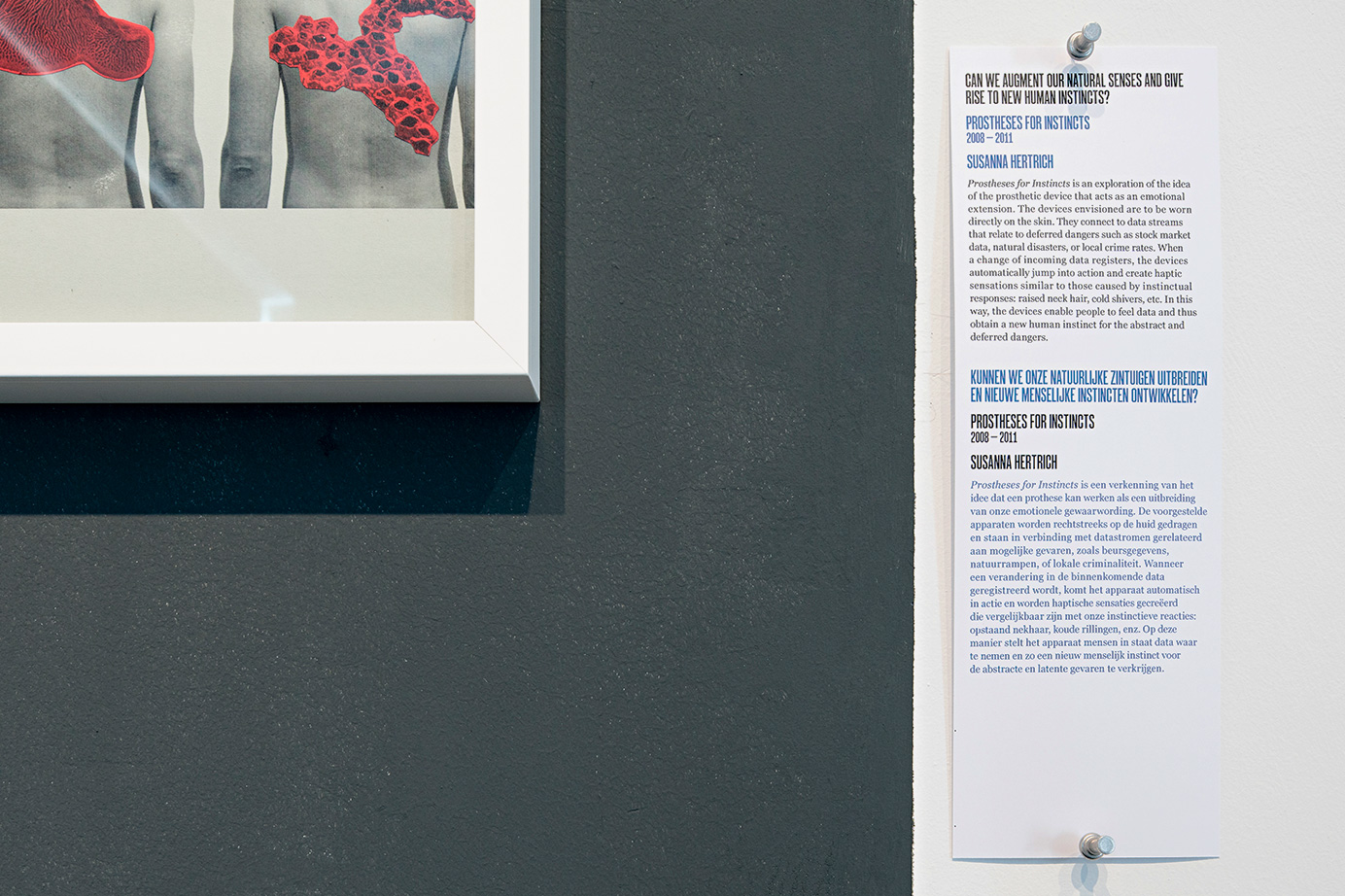 Brief project descriptions allow for more detailed understanding of the works.
Brief project descriptions allow for more detailed understanding of the works.
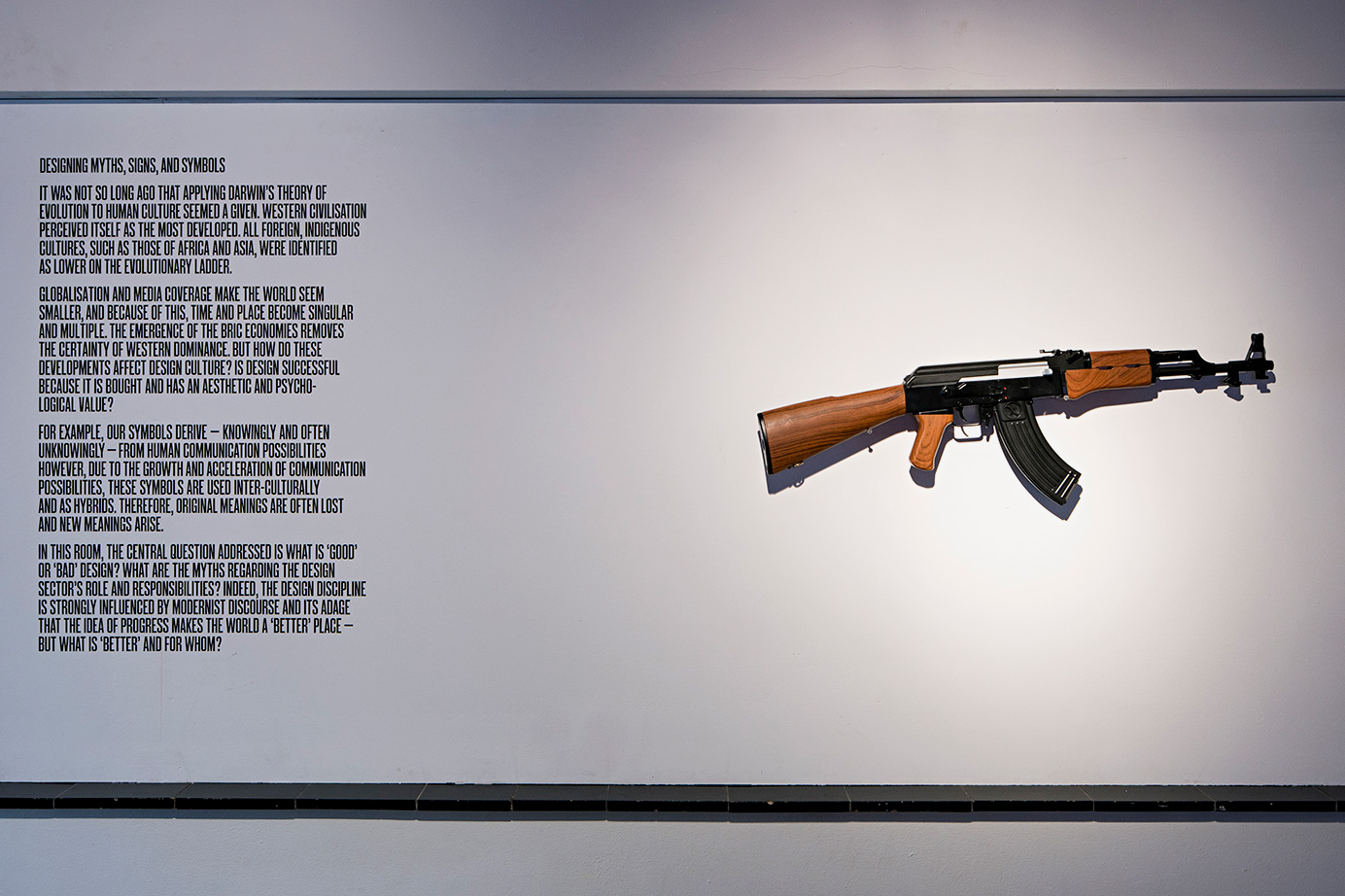 The show presents also controversial designs: here in the picture AK-47 (also known as ‘Kalashnikov’).
The show presents also controversial designs: here in the picture AK-47 (also known as ‘Kalashnikov’).
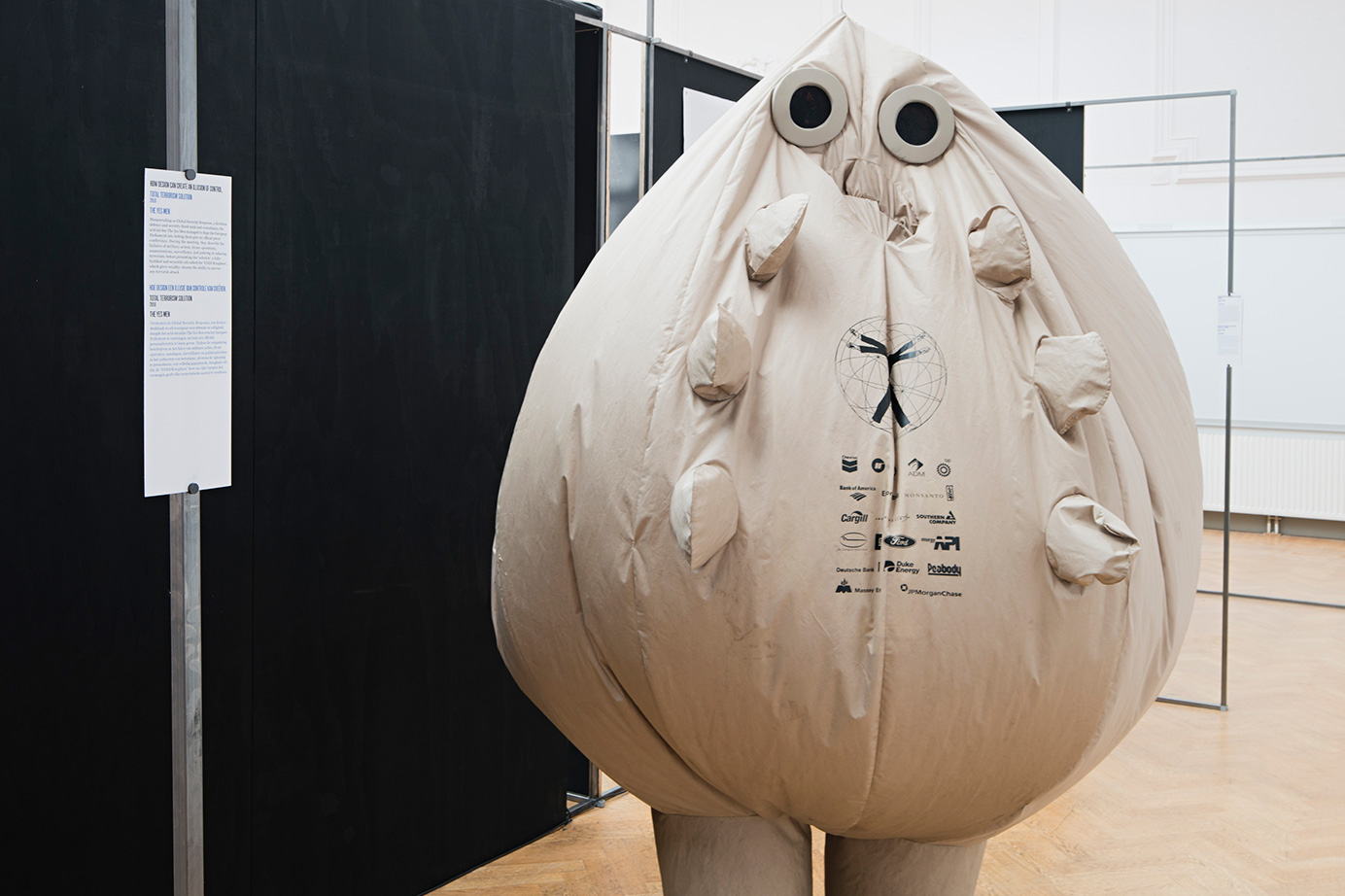 Props by activist duo The Yes Men next to a project description attached by magnets.
Props by activist duo The Yes Men next to a project description attached by magnets.
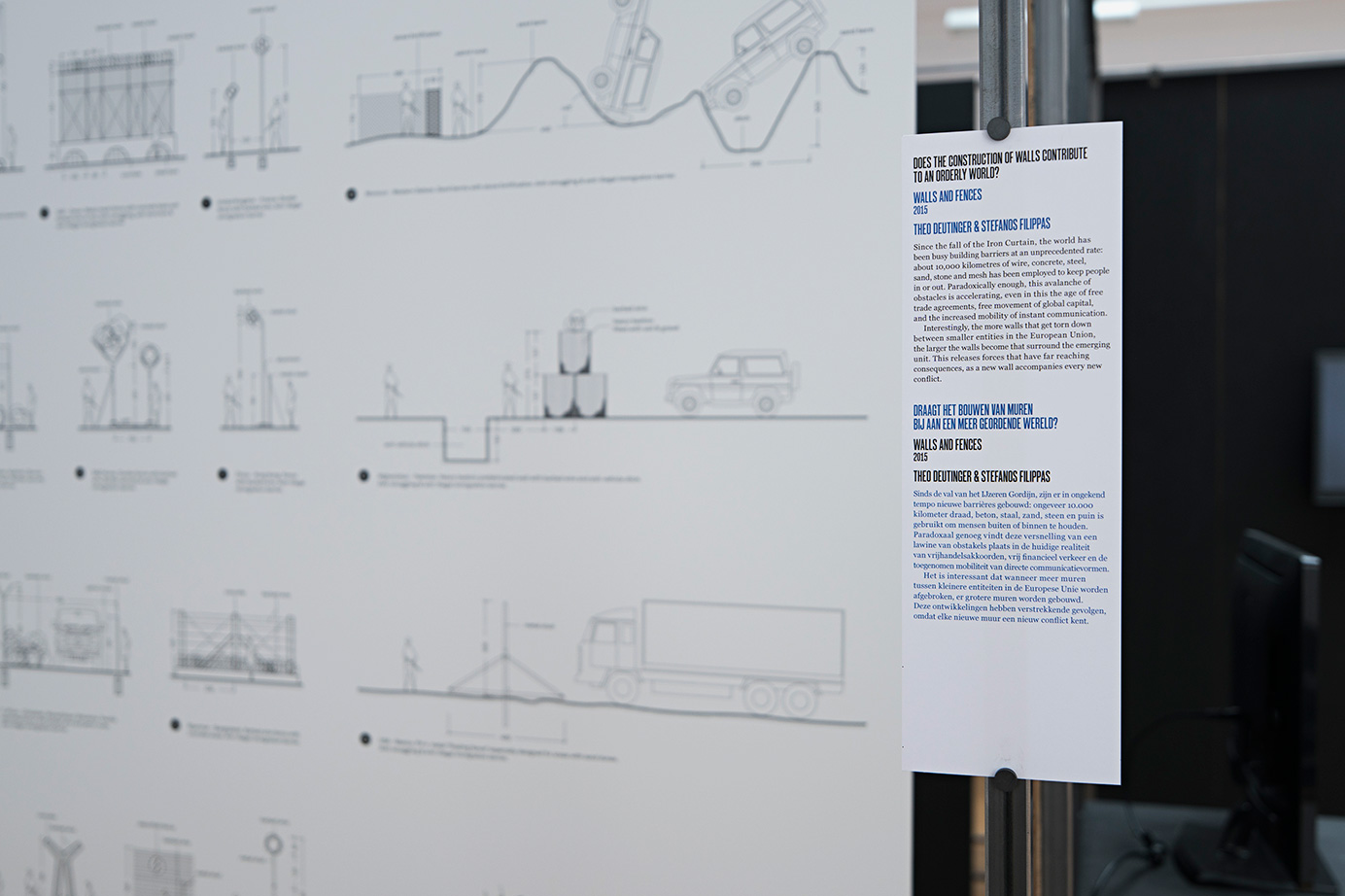 Simplicity and cost-awareness were amongst the design parameters.
Simplicity and cost-awareness were amongst the design parameters.
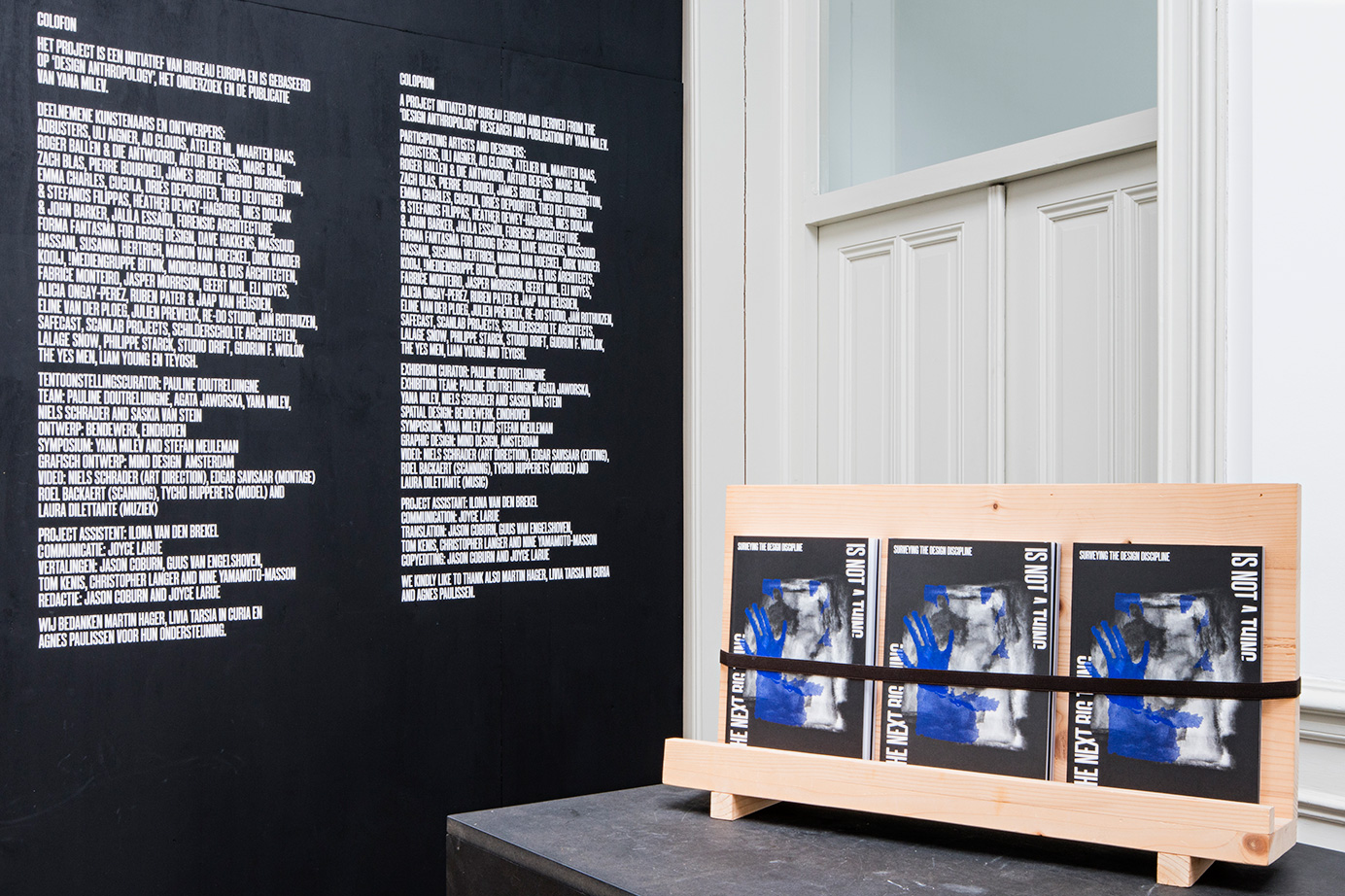 The exhibition is accompanied by a comprehensive catalogue that includes essays by Pauline Doutreluingne and Yana Milev.
The exhibition is accompanied by a comprehensive catalogue that includes essays by Pauline Doutreluingne and Yana Milev.
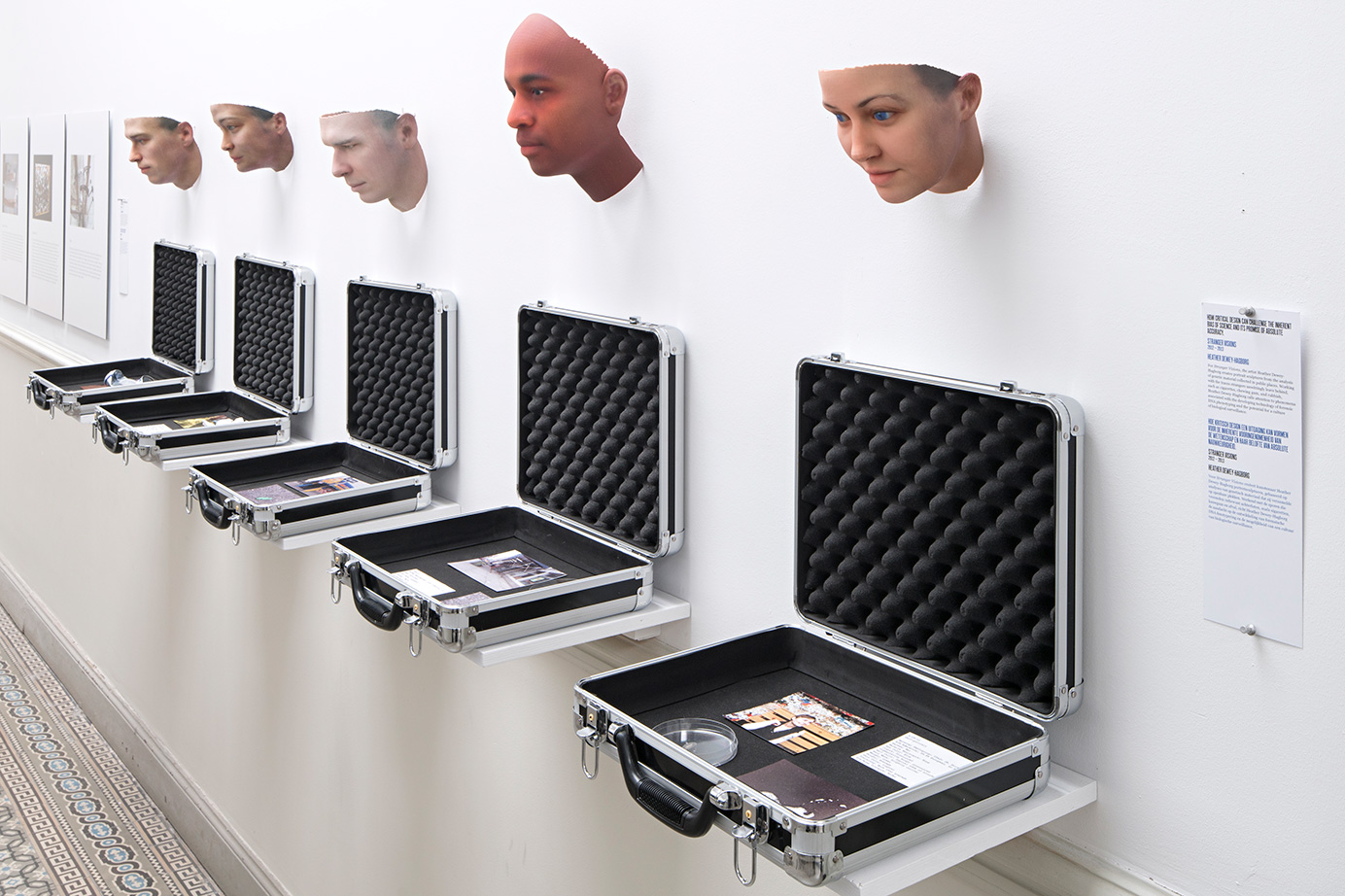 Heather Dewey-Hagborg’s portraits.
Heather Dewey-Hagborg’s portraits.
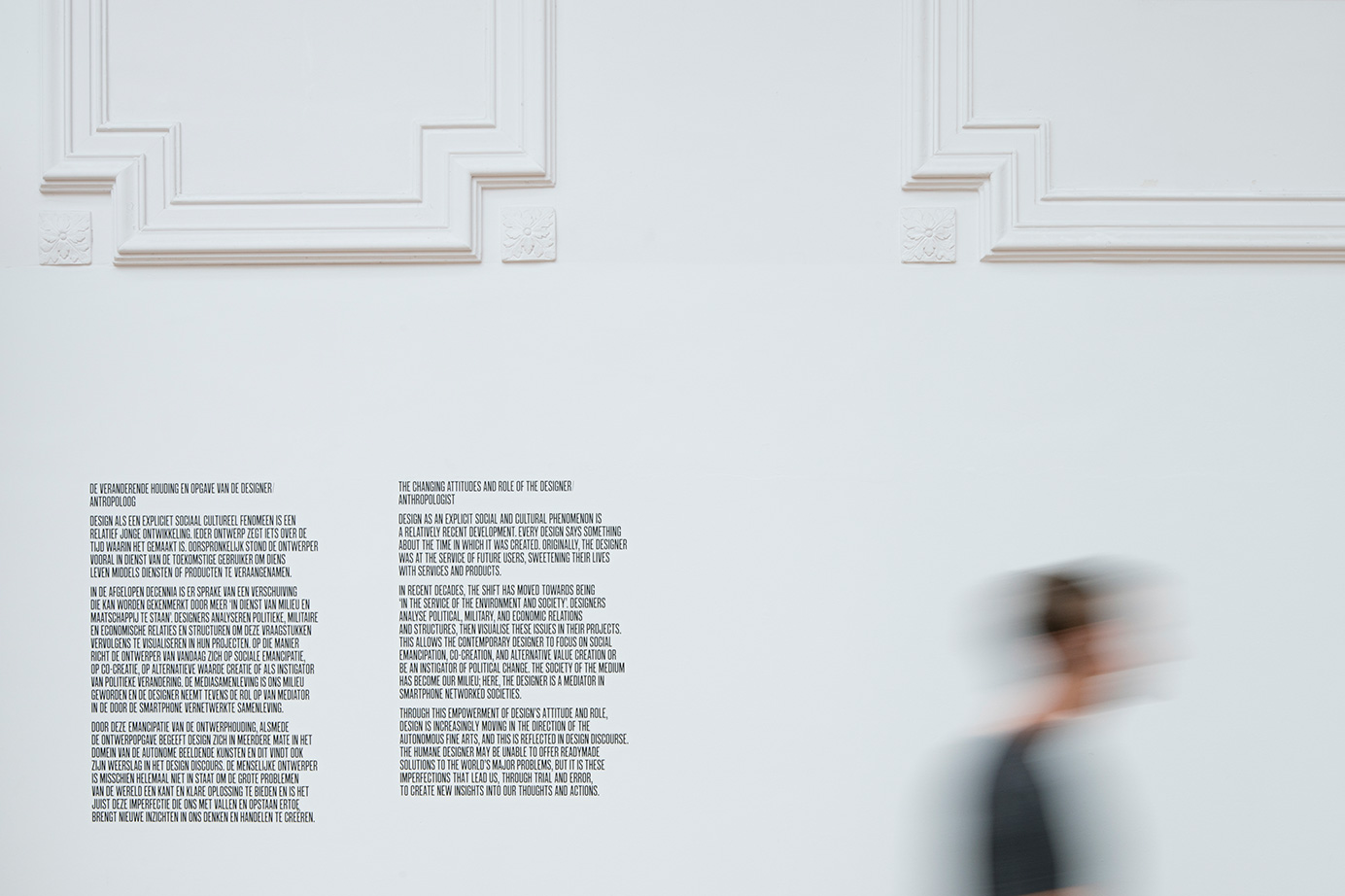 Exhibition typography.
Exhibition typography.
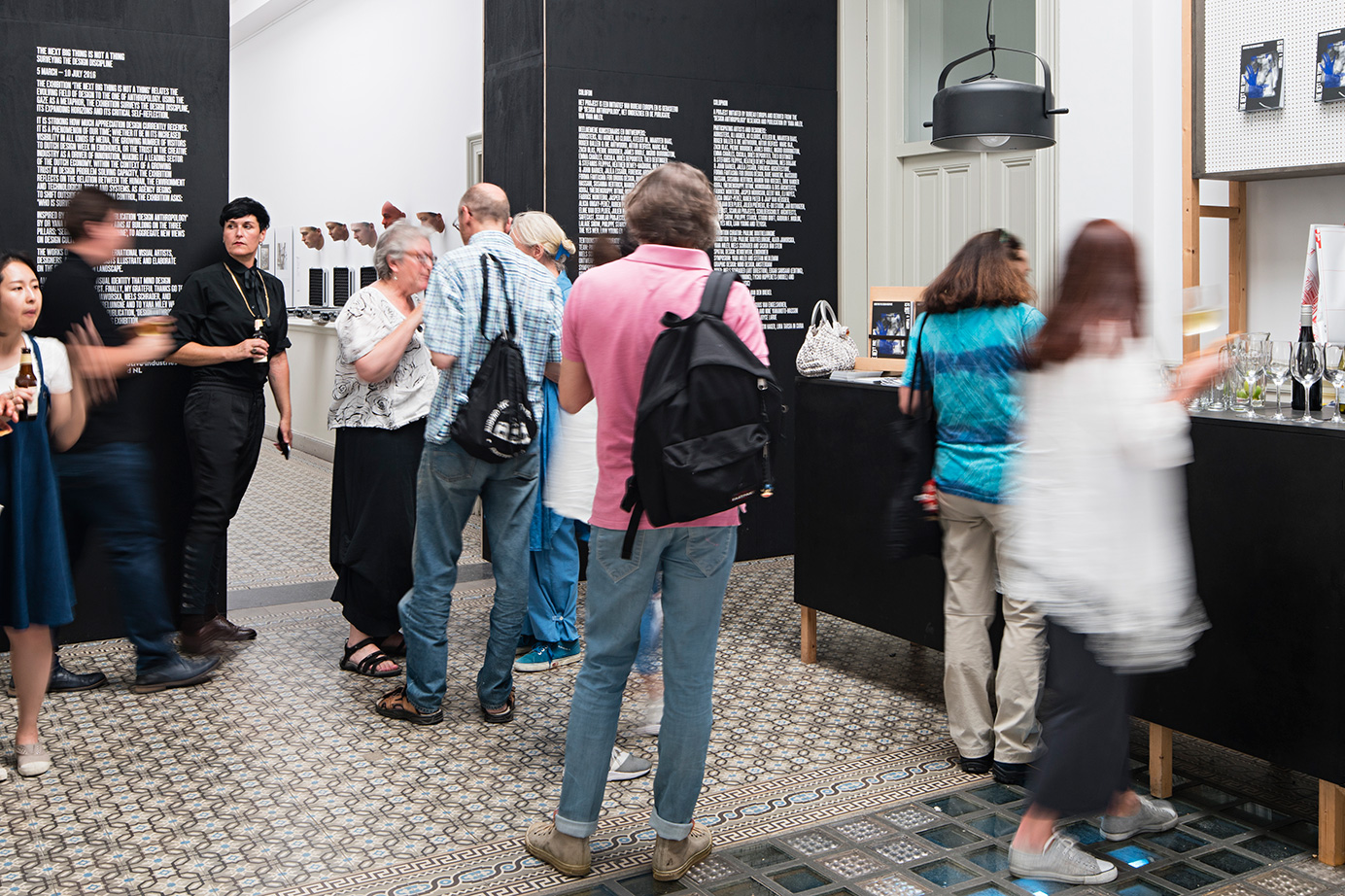 Finissage of the exhibition.
Finissage of the exhibition.
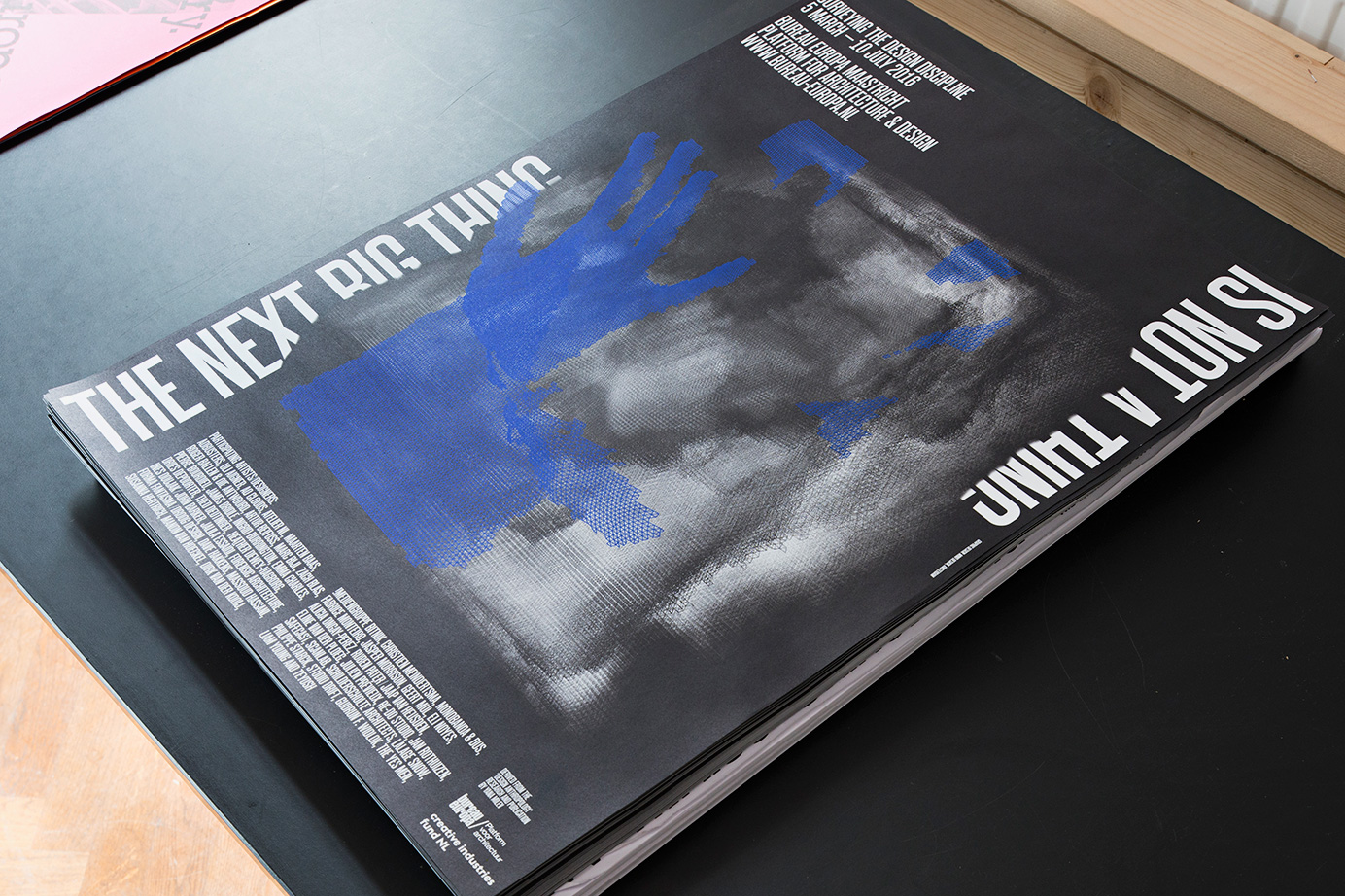 The poster campaign translates the digital teaser into a powerful physical object.
The poster campaign translates the digital teaser into a powerful physical object.
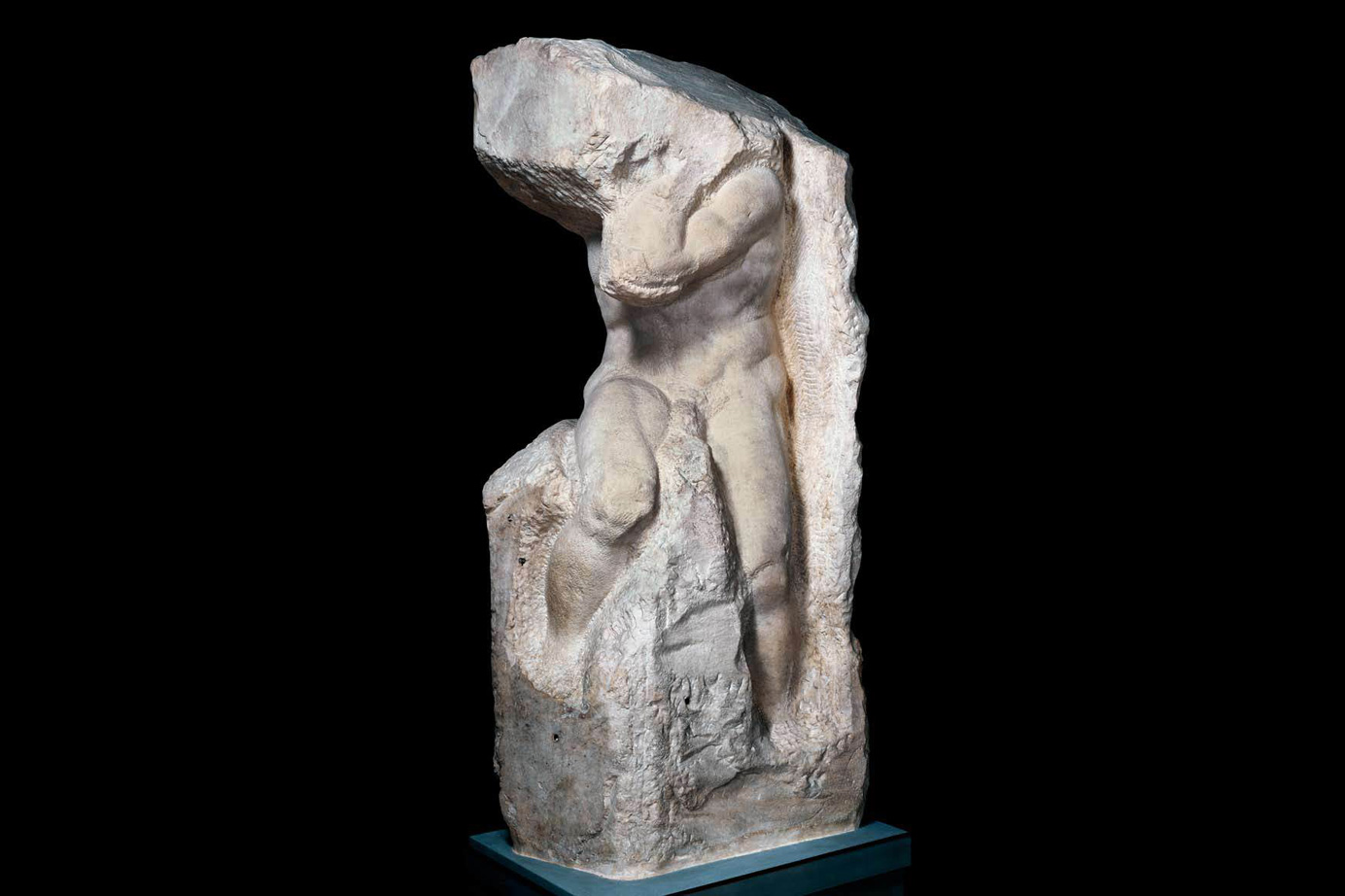 Michelangelo’s unfinished sculptures, one of the sources of inspiration for the visual identity.
Michelangelo’s unfinished sculptures, one of the sources of inspiration for the visual identity.
